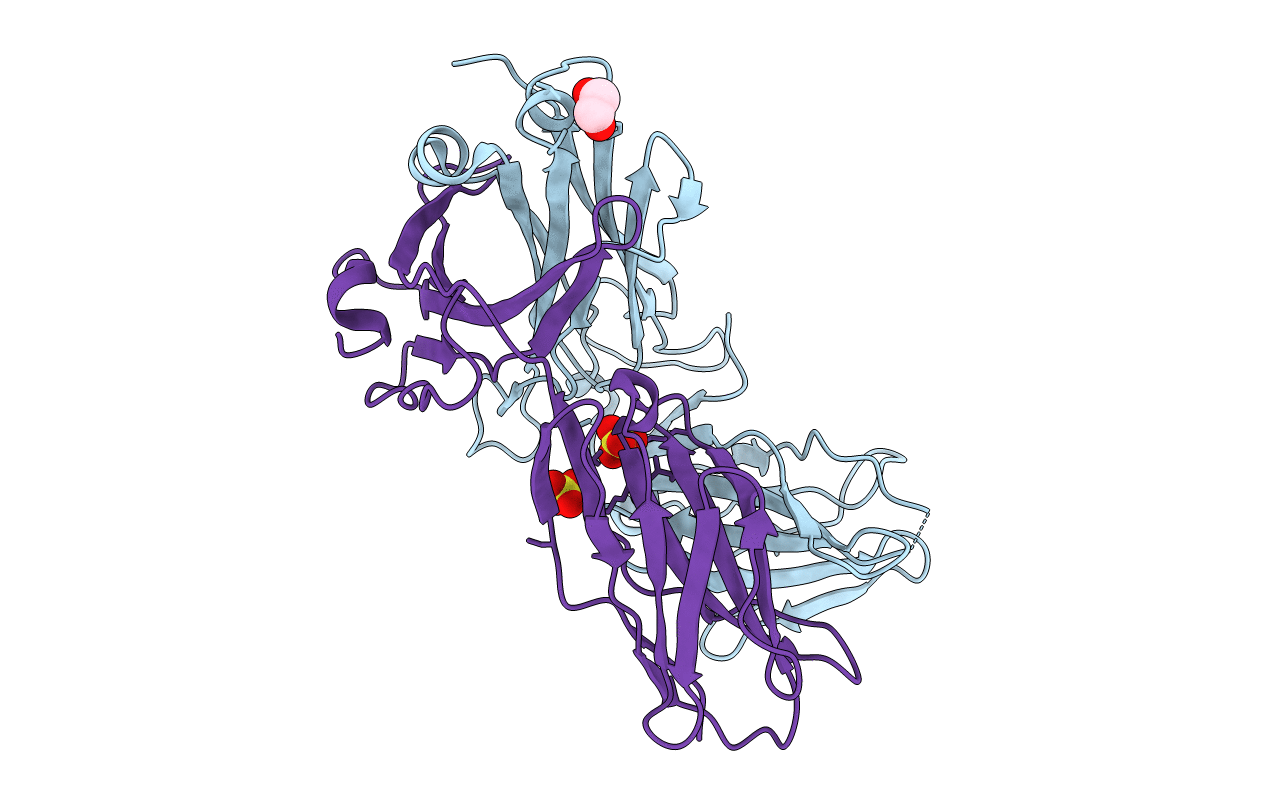
Deposition Date
2021-08-25
Release Date
2022-05-18
Last Version Date
2024-11-20
Method Details:
Experimental Method:
Resolution:
2.00 Å
R-Value Free:
0.24
R-Value Work:
0.19
R-Value Observed:
0.20
Space Group:
P 21 21 21


